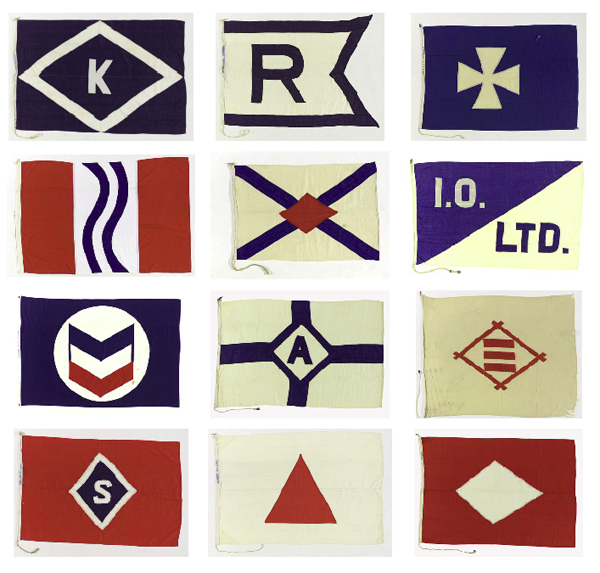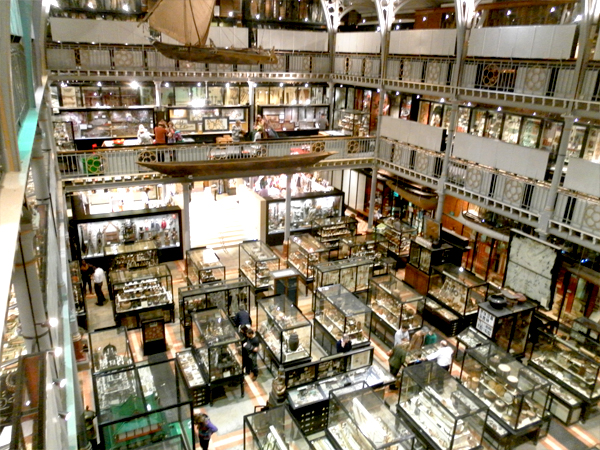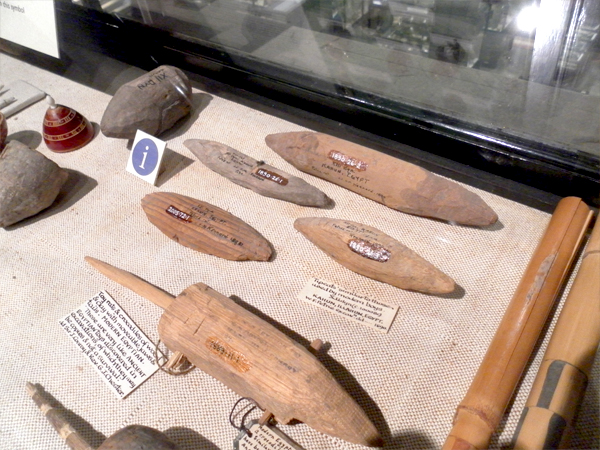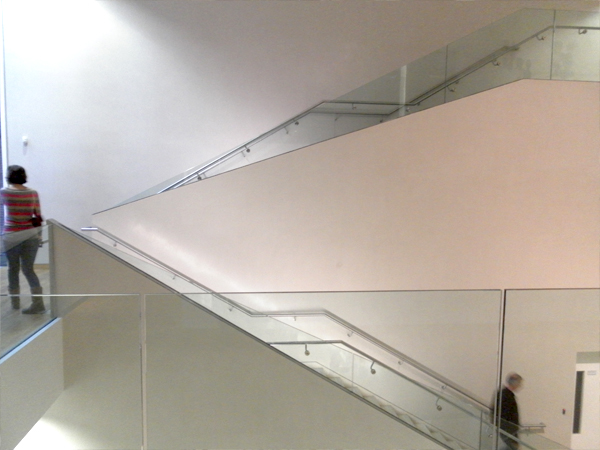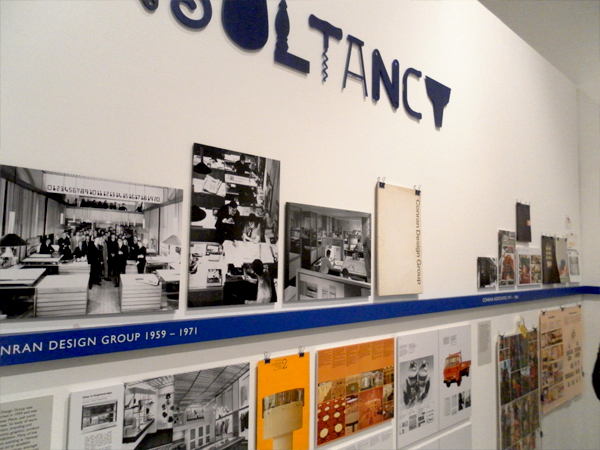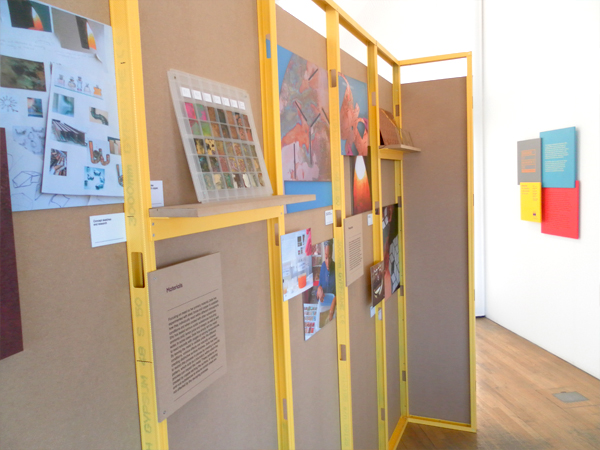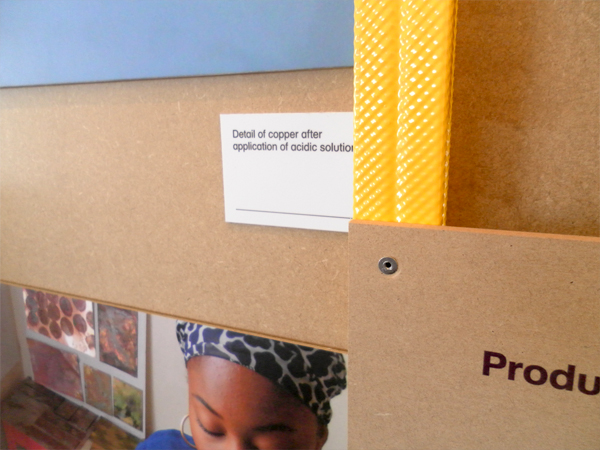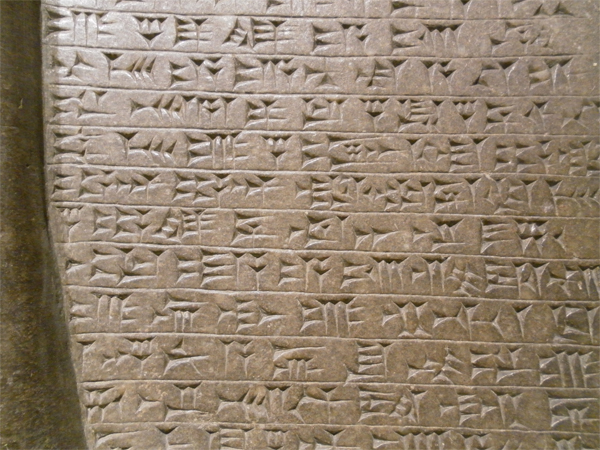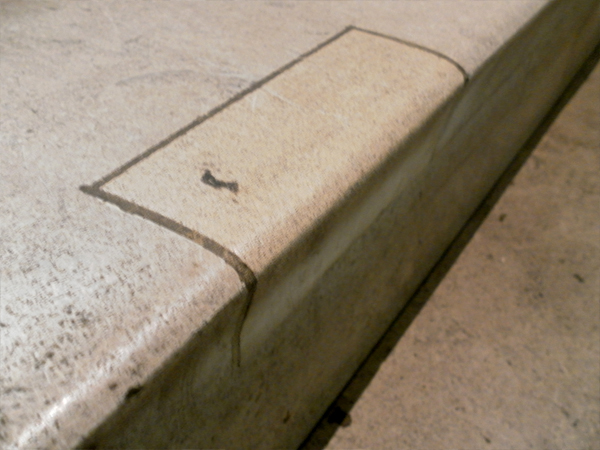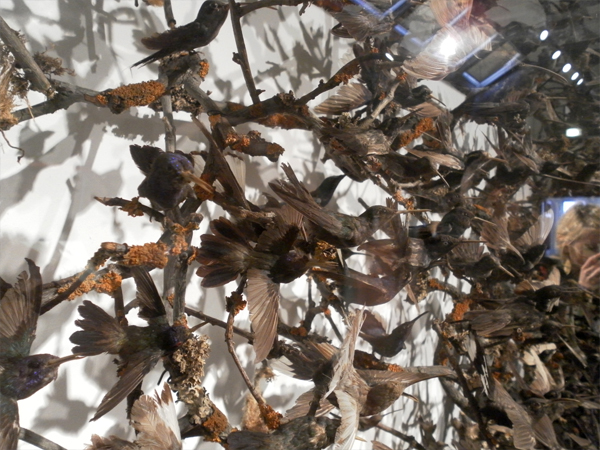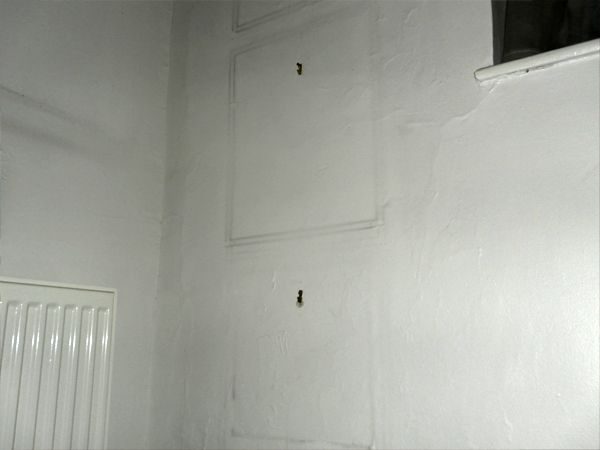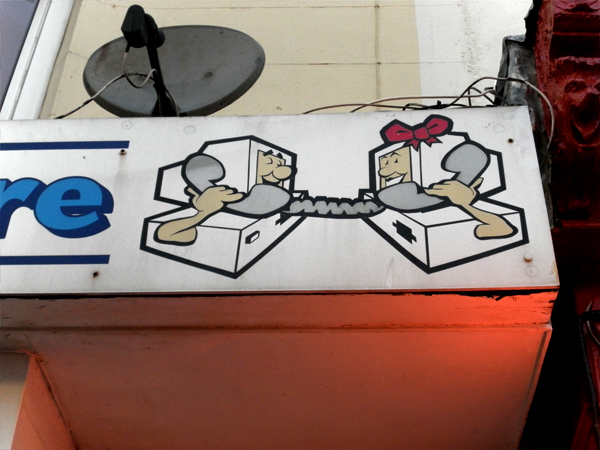Three great videos that seem to hang together.
Kelham Island Museum: Museum of Tools —
Kelham Island Museum is part of Sheffield Industrial Museums Trust, which gives an idea of the sort of thing going on inside this old iron foundry. I was expecting general local history, cutlery, coffee pots etc. but hadn’t appreciated that those skills also meant that Sheffield made a lot of engineering and hand tools too.
As such, the museum is also host to the extraordinary Hawley Collection. A remarkable assortment of tools and works in progress that show how the tools were made. This means that the tools that made the tools are also presented - leading to a wonderful sort of meta exhibit.
The really great thing is that it’s a personal collection turned institutional, and where you’d expect more gaps, and more bias you’re met with sheer quantity of artefacts and a really well presented, coherent exhibit. Both the character of the founder, Ken, and the group of volunteers that man the ‘research room’, (biscuits and enthusiastic tool chat were more noticeable) are firmly felt in the gallery.
Elsewhere in the museum is the massive River Don Engine that came to the museum straight from the factory floor where it had been used to make armour plating for nuclear power stations.
I also really appreciate any museum that incorporates it’s archives and restoration work into it’s displays – It gives a sense of continuation, activity, and relevance.
Representing Replicas — The Cast Courts —
I was thrilled to discover the V&A Plaster Cast Courts for the first time recently. Tucked to the side of the museum, and away from the weekend crowds, the Courts house plaster copies of famous architecture and sculpture from across world. The scale of the rooms and the gigantic Trajan Column that dominates them is the first thing to be impressed by (even more so when you realise that they should be stacked on top of each other to achieve their original height). The spectacle of seeing such impressive architecture inside another building, framed and lit in the context of the museum is incredible.
The sheer randomness of the collection is intoxicating. The courts have Frankenstein displays where the front of a cathedral from Santiago de Compostella has doors inset from Germany from 200 years earlier. Old mixes with new and everything from all over the world is together in one excessive architectural Disneyland.
The really interesting thing around the casts is of course that they aren’t real. That is to say that they aren’t the original objects. They are facsimiles of much coveted masterpieces of art and architecture from throughout the ages. But the discussion around an objects authenticity and it’s subsequent relevance to scholarly or artistic study is only part of my fascination. In 2014, Room 46B was renovated, (the courts having originating in 1873), and it’s in this more modern world that this odd collection exists now. A modern museum setting that is constantly reassessing the usefulness and quality of facsimiles in all their forms – from digital print outs and online representations, to VR experiences and 3D-printed stand ins. What is and isn’t valid as an accessioned artefact seems to be as much up for grabs as ever.
Here are some links about the history of the Cast Courts:
I never knew the V&A was originally the Museum of Manufactures! The History of the Courts. Room 46A. Room 46B.
Mmuseumm —
This looks very good:
Magnificent Obsessions: The Artist as Collector —
I went enthusiastically to the exhibition about collecting – those who know me well know that I like collecting, collections and collectors a lot. I did my final year project on it at university and it’s been a mild obsession ever since.
I was disappointed to find that this riotous, spectacular and curiosity inspiring subject had been presented in the most sterile way I’ve seen yet. Artists’ collections had been shown next to one example of their work, but in lots of cases it was a photography collection next to some photographs or a taxidermy collection next to some taxidermy. In this sense the exhibition did a very blunt job of drawing a line between the inspiration and the art it inspired, in most cases making the artworks look like bad copies of the collections.
The worst offender was the display of abstract painter Howard Hodgkin’s collection of Indian pictures. The pictures are small intricate paintings that have a strong use of colour. Outside the room was hung a piece of Hodgkin’s work, all big brush strokes and block colour. Yes, the use of colour was an obvious thread but other than that, this lone, decontextualised artwork, when hung next to the collection (of paintings!) seemed frankly inferior. Surely this is not the point of the exhibition? An exhibition which is dealing with both artist and collection should showcase each in it’s best light but this reduced both somehow.
The other aspect which was lacking was the critical angle about the politics of collecting itself. Whilst collections as artworks was tackled as a topic in the Martin Wong/Danh Vo piece, the idea of artists acquiring items as a whole collection, or from other collections was absent, as was the idea of ownership or authorship through collecting. In the case of Howard Hodgkin the fact that the pieces in his collection had been created as art, had then been collected and returned to object status, loaned to the Ashmolean Museum as ‘His’ collection and then displayed at the Barbican again seems to be a journey that could benefit from some curatorial scrutiny.
Of course all of these gripes are just that – an enthusiast rambling, and there were good bits. Showing all the packing cases that the collections and artworks had come in (albeit in a corner) was brilliant, and I liked the rugs which were liberally strewn around each area.
(N.B. I’m sure some of these issues are at least touched on in the audio guide or the book, but I shouldn’t have to pay £40 to get a bit of thoughtful insight when I’ve already paid £12 to get in.)
Autumn Exhibition Round-Up
The Museum of Everything: Another fantastic show, this time the Museum was out of it's Primrose Hill space and had taken up residence in Selfridges (I imagine a fairly contentious choice- but come on, to try and separate art and commerce is just naive and anyway I think these guys genuinely bring something great to the world and the more people that see it the better.)
The show was again outsider art and the obsession and otherness of the work was brought into the space by a series of small, packed rooms similar to previous exhibitions. This was really effective at giving a sense of discovery and strangeness, especially when you consider you were in Selfridges. I wish the book was more similar to the exhibition and less of an art book, although I understand why the work in the book is placed on white spreads and is quite 'proper' looking. However there is the digital version of the show for guys like me who enjoy the slightly more chaotic form of the exhibition: http://www.digevery.com/room1.html
Wellcome Collection- A Charmed Life
The standout bit for me in this exhibition was the layout of the charms in the center of the room. I also liked how visible the methods of collection were, (see photo below) where there were gaps from other objects collected at the same time which were now lost- being able to understand a little bit more about an objects story post-use or post-context, once it had entered the world of the 'collected object'.
Pitt Rivers:
Wonderful as ever.
Ashmolean Museum:
A very well designed space and a nice place to have a walk around. I'm not mad into archeology but there were some great moments throughout the museum. The older part of the museum with the paintings in was entirely different in feel, more chambers and carpet and warmth than the informative, new, open space where you enter.
I really liked this quote in the exhibition about how the museum came to exist, (John Tradescant the elder to John Tradescant the younger to Elias Ashmole to The University of Oxford). On the cabinet of curiosity:
"I am almost persuaded a man might in one daye behold and collecte into one place more curiosities than hee should see if hee spent all his life in travell."
Design Museum: Terrence Conran
A superbly put together revelatory show which highlighted to me how much Conran has contributed and effected design in the UK.
Design Museum: Designers in Residence
A really good exhibition design to this one. I particularly liked Will Shannon's reformed chipboard/concrete furniture.
British Museum:
Classic museum going experience. Nice old stone.
Links: National Maritime Museum, Flags
Found these fantastically graphic house flags over on the National Maritime Museum archive. A great resource. Link: here
